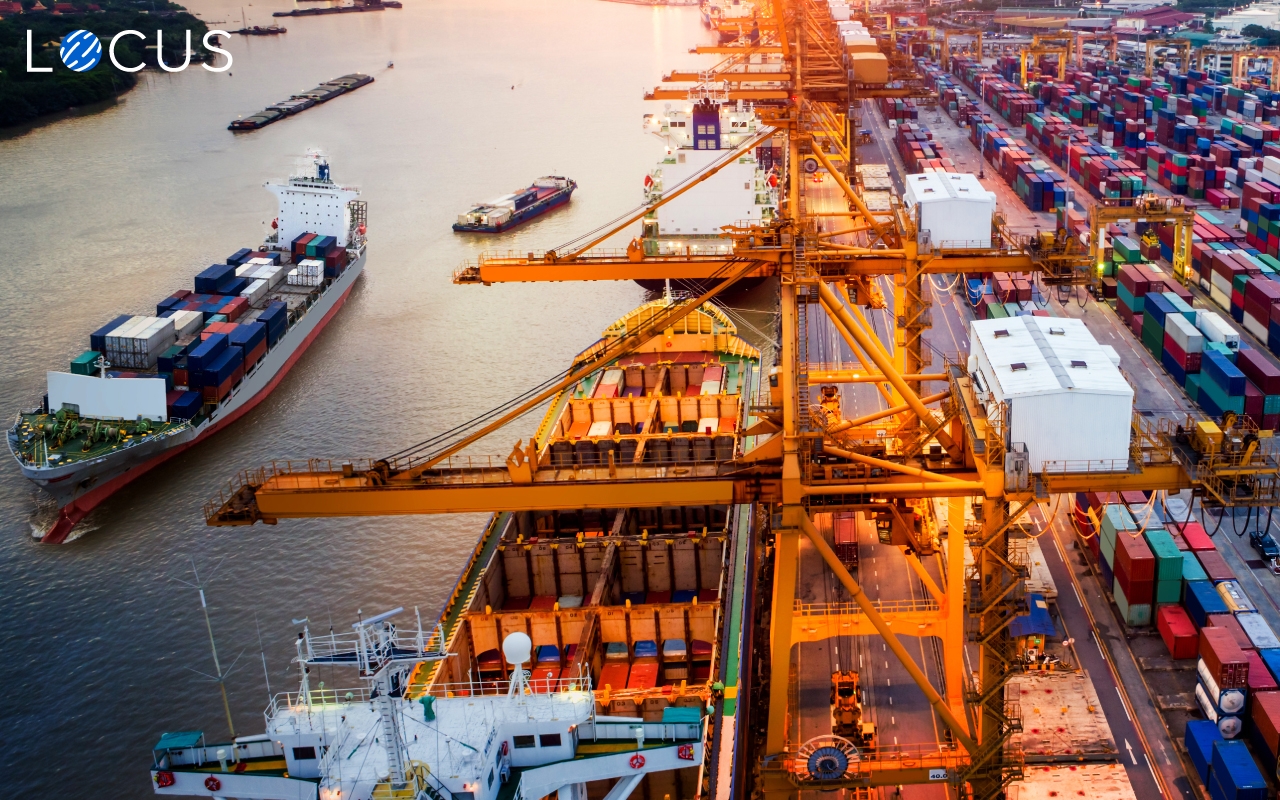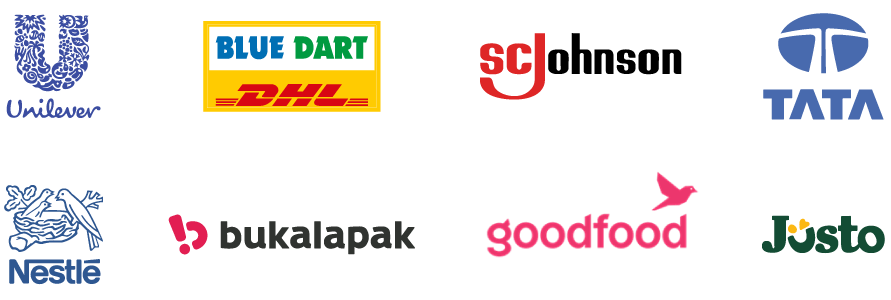What is Supply Chain Resilience?
Resilience has played a key role in the fields of psychology, disaster management, and systems thinking, emerging as an essential part of supply chain management only recently. The concept first found meaning in the work of ecologist C.S. Holling, who noticed resilience in some ecological systems in the year 1973. It served as inspiration for management to be flexible, adaptive, and even experimental when handling their supply chains.
The term has been interpreted differently in the field of supply chain management, however. While some see it as an ability to bounce back post disruption, for others, it is the ability to withstand shock. The ability of a supply chain to handle unexpected risk events is known as supply chain resilience. A resilient supply chain can manage to respond and recover quickly to such disruptions by either returning to its original state or a more desirable one and increase financial performance. The two resilience categories are as follows:
While it is ideal for companies to possess a high capacity for both resistance and recovery, most are busy trying to balance between the two. The select businesses that can both avoid risks as well as rebound quickly are classified as “hardy” and usually possessed with bottomless resources.



How can Locus help manage your logistics?
Join Industry Leaders:


